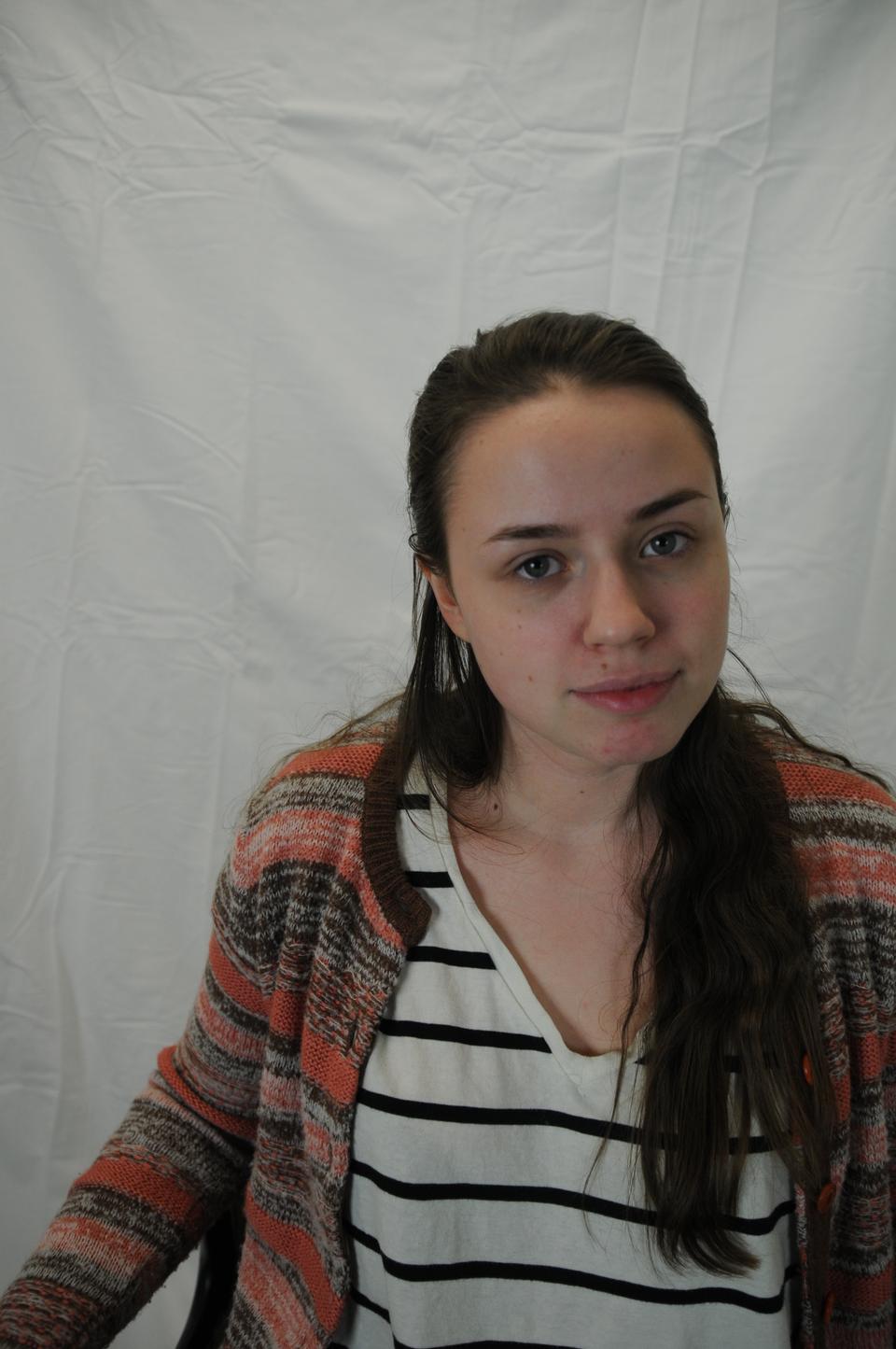
Taking Up Painter
I spent the summer before my senior year of high school walking past the same painting every day. A woman in a white dress sits holding a fan, ankles crossed primly. The brim of a modish hat obscures her face, but her dark-eyed profile is reflected in the mirror behind her. That summer, she hung, gilt framed, in the window of a Manhattan gallery just down the block from my internship at The Frick Collection. Every time I rounded the corner of East 70th Street onto Madison, the woman in the white dress stared obliquely out at me, but I never paused much to look at her. There was always the M4 bus to catch or friends waiting for me, and the painting never changed.
The last day of my internship, my mom came to the museum to see my final presentation. After it was over, we walked together to the bus stop. “Up here on the right is Knoedler’s,” I said. “Knoedler was the art dealer who—“
It was at this point that my mom looked past Knoedler’s, to the gallery next door, and seized my arm. “Oh my God! That painting is by your great-great-uncle!” She was pointing to the woman in white.
This idea was too absurd to contemplate. I knew that my great-great-uncle had been a painter, just like his brother, my great-grandfather. All of this was the stuff of my childhood bedtime stories. Molarsky paintings had always lined the walls of our apartment and filled the cupboards in the study above the space my crib once occupied. But these paintings were private mementos of our family history, not public art objects, and so I laughed and told my mother she must be wrong.
But she was right.
A woman working in the gallery told us that the painting was, indeed, a Molarsky, and that it could be ours for the price of three years of college tuition, sans financial aid. We didn’t—couldn’t—buy the painting, but we stood for a long time staring at it through the window glass.
My great-great-uncle, the painter of the woman in the white dress, came from Kiev, Ukraine to Philadelphia in 1892—or 1887, depending on which documents you trust. As a young artist studying in Paris, he would later change his name to Maurice, but he was born Morris Molarsky, and that was still his name when he arrived in America as a boy of fourteen. According to family lore, Morris, his parents, and his older brother—Abe, my great-grandfather—came fleeing the pogroms, but no one (at least, no one living) is quite sure.
Of the two brothers, it is Abe who fascinates me. We know that in America, Abe studied violin, while his brother studied painting. When Morris won an art scholarship to Paris and became Maurice, Abe tagged along. They shared a studio in the Latin Quarter, on the Rue de Vaugirard, where I imagine they painted all day and all night, illuminated by flickering lamplight, shivering against the cold, their hands swaddled in wool gloves, like characters from La Bohème.
When the scholarship money was all used up, Abe kept painting in New Jersey and made a meager living teaching art classes. He never had any patience for his students. “See color,” he would tell them again and again, and become infuriated when their work did not improve. Not even the most dedicated pupil could learn to see color the way Abe could instinctively. Maurice was the celebrated academician of the two brothers, and his technical polish earned him a steady stream of portrait commissions from bourgeois Philadelphians. It was Abe, though, with his dearth of formal training, who could render with intense feeling a wooded landscape or scene of harbored boats in a few rapid movements of the brush.
Abe never achieved fame or fortune as an artist, but he didn’t stopped painting. Maybe he didn’t know how to stop. Painting was his vocation in the original, weighty, Christian sense of the word—he was called to pick up the brush as some are called to preach. His only career advice for his children was, “Take up writer. Take up musician. Take up hot dog stand—don’t take up painter!”
Now, as a sophomore and newly-declared History of Art and Architecture concentrator, I find myself wondering what it would be like to “take up painter”—to devote myself to some path unthinkingly, because something in my very nature compels me to, as Abe once did with painting. I do love art history, but I chose my concentration after making pro/con lists and doing online research. There are internships, graduate degrees, and (hopefully) entry-level jobs in my future. What would it be like to paint all night long in a drafty garrett like Abe, less by choice than out of some unavoidable need?
As a child, I used to kneel on the living room sofa in order to put myself at eye level with the enormous Abe canvas hanging there. From inches away, the rippling water of a New Jersey creek dissolved into great, thick gobs of yellow and green paint. When no one was looking, I would reach up and trace the edges of each brushstroke, raised a few millimeters off the surface of the canvas. It was a reverent act of devotion, although one I knew my mother would chide me for. I felt that with each touch of fingertips to hardened pigment I could understand my great-grandfather just a little more—feel what he had felt, do as he had done.
Marina Molarsky-Beck ‘15, an FM executive, is a History of Art and Architecture Concentrator in Eliot House. She (probably) won’t take up hot dog stand.


